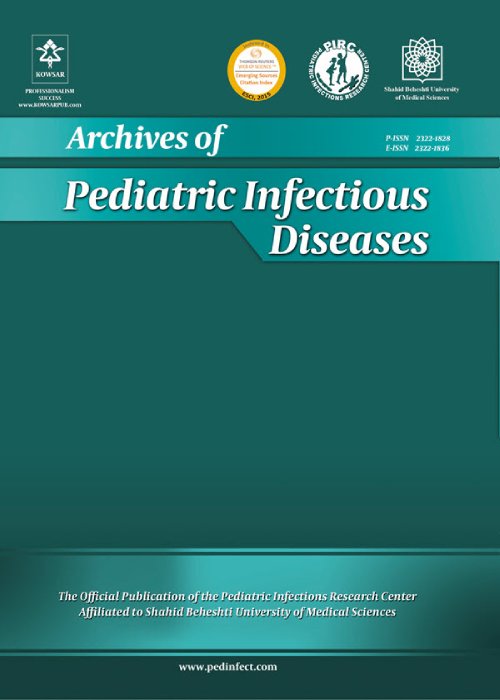The Prevalence of Colonization with Carbapenem-resistant Enterobacteriaceae, Escherichia coli, Klebsiella and Enterobacter, and Related Risk Factors in Children
Carbapenems are broad-spectrum antibiotics used to treat the family of gram-negative Enterobacteriaceae, especially those that are resistant to first-line antibiotics. Because these drugs are usually prescribed as the last line of treatment, resistance to these antibiotics carries irreparable risks to treatment systems, and screening high-risk individuals in medical centers and using infection control measures are critical strategies for eliminating them.
We investigated the prevalence of colonization of different strains of Enterobacteriaceae, Klebsiella, Enterobacter, and Escherichia coli and their risk factors in hospitalized children.
In this descriptive cross-sectional study, stool samples were taken from patients during the first 48 hours of hospitalization in a tertiary children’s hospital and were cultured on Makcanki culture medium or EMB. Cultured Enterobacteriaceae samples were transferred to Müller-Hinton agar medium, and their antibiotic susceptibility was evaluated with meropenem and imipenem discs by disc diffusion method. In the next step, five common carbapenemase genes, including (VIM, IMP, OXA-48, NDM-1, and SPM-1) were examined by PCR method and reported accordingly.
Two hundred and ninety-five stool samples were examined, of which 242 (82%) samples were cultured positively with Enterobacteriaceae. The prevalence of carbapenem resistance was reported to be 37% among 295 samples using the phenotypic method. Resistance rates were high in patients with a history of antibiotic use, with frequent hospitalizations (more than two episodes in the last six months), and in patients with an underlying disease) malignancy, GI diseases, immunodeficiency, neurologic diseases such as cerebral palsy and epilepsy, endocrine diseases. Most of the genes found were OXA-48, followed by IMP and VIM. NDM-1 was found in 3 samples, and SPM was not found in any of the samples. In 13% of resistant samples, more than one carbapenemase gene was found.
The results of this study showed that the frequency of carbapenem resistance in stools colonized with Enterobacteriaceae is high in our patients. On the other hand, the presence of carbapenemase genes in these bacteria, which are located on the plasmids that can be rapidly spread in the hospital environment, is an alarm for the hospital infection control committee to take preventive measures in order to prevent the spread of these bacteria in the hospital.
- حق عضویت دریافتی صرف حمایت از نشریات عضو و نگهداری، تکمیل و توسعه مگیران میشود.
- پرداخت حق اشتراک و دانلود مقالات اجازه بازنشر آن در سایر رسانههای چاپی و دیجیتال را به کاربر نمیدهد.


